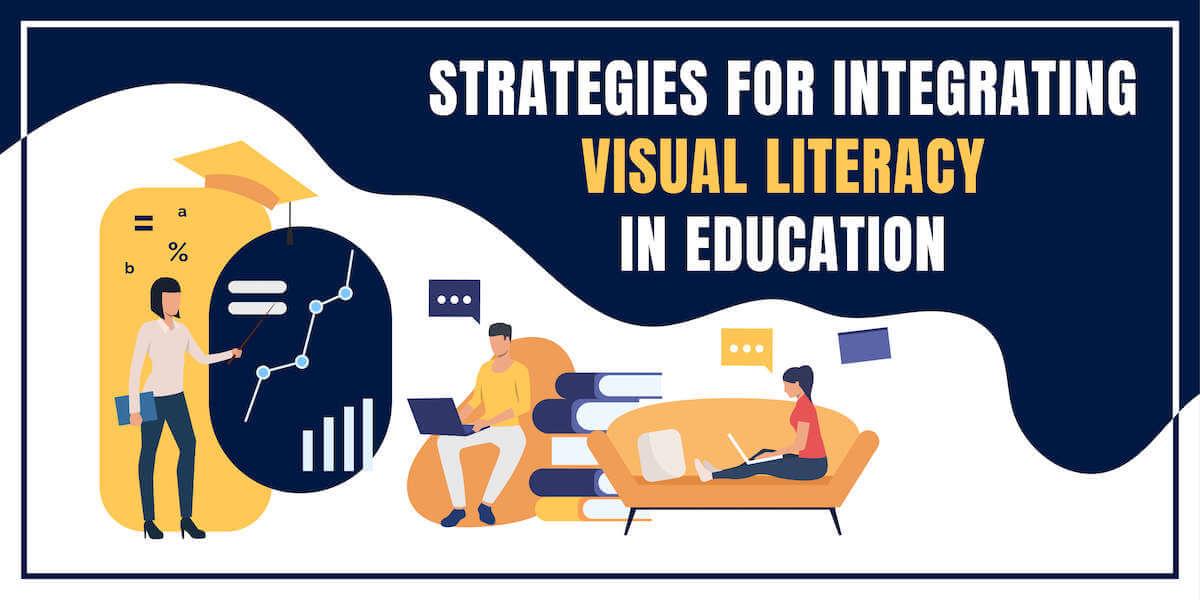Student Preferences Revealed: Microlearning vs. Traditional Methods in Modern Education
Introduction: The Shift in Educational Paradigms
The landscape of education has undergone a profound change in recent years. With the rise of digital technology and changing learning styles, student preferences are rapidly evolving. two approaches that have garnered significant attention are microlearning and traditional learning methods.But which do students truly prefer, and why? This thorough article delves into the core differences, advantages, and impact of microlearning vs. traditional education methods in modern classrooms,providing valuable insights for educators,students,and policymakers alike.
Understanding Microlearning and Traditional Methods
What is microlearning?
Microlearning is an instructional approach characterized by concise, bite-sized learning sessions that focus on specific learning objectives. These modules are often delivered digitally—through videos, quizzes, infographics, or mobile apps—making learning accessible, interactive, and easily digestible on-the-go.
What Are Traditional Learning methods?
Traditional education methods typically involve longer, lecture-based classes, textbooks, and periodic assessments such as exams and homework. These conventional techniques, grounded in teacher-centered instruction, have been the cornerstone of formal education for centuries.
Key Differences: Microlearning vs.Traditional Methods
| Aspect | Microlearning | Traditional Methods |
|---|---|---|
| Content Format | Short, targeted, digital | Long-form, textual, face-to-face |
| Delivery | Online, mobile, self-paced | Classroom, scheduled sessions |
| Engagement | Interactive, gamified | Lecture-driven, passive learning |
| Assessment | Continuous, instant feedback | Periodic, formal testing |
| Adaptability | High—anytime, anywhere | Low—fixed location and time |
Benefits of Microlearning: Why Students Love It
- Increased Retention: Short, focused modules help students remember information longer.
- Greater Engagement: Interactive and multimedia formats keep learners motivated.
- Personalized pace: students can learn at thier own speed, reviewing topics as needed.
- On-demand Access: Content is available any time, fitting easily into students’ busy lives.
- Higher Completion rates: Bite-sized learning tasks are less overwhelming, reducing dropout rates.
“I love how I can watch a 5-minute video on my phone on the way to class and promptly apply what I’ve learned!” – College Student Testimonial
Advantages of Traditional Learning methods
- Structured Habitat: Regular schedules and routines help some students stay on track.
- In-Depth Coverage: Extended lessons allow for comprehensive exploration of complex topics.
- Face-to-Face Interaction: Direct contact with teachers and peers fosters collaboration and social skills.
- Time-tested Strategies: Proven techniques in reading, writing, and critical thinking skills build foundational knowledge.
“Having a teacher explain concepts in real-time and answer my questions is something I really value.” – High School Student
What Do Students Prefer? Insights from Surveys and Research
To reveal student preferences, let’s examine some relevant studies:
- A 2023 EdTech research study found that 72% of university students favored microlearning modules for exam preparation, citing flexibility and engagement as the main reasons.
- According to the Learning House Survey, 65% of online learners reported higher satisfaction with bite-sized learning over lengthy lectures.
- Though, 30% of students indicated that for complex subjects—such as advanced mathematics or sciences—they preferred the depth and structure of traditional education methods.
Key takeaway: While microlearning is increasingly popular, especially among Gen Z and working adults, traditional methods retain importance for in-depth understanding and personal interaction.
Case Studies: Microlearning and Traditional Approaches in Action
Microlearning in higher Education
At Stanford University, microlearning modules in introductory computer science courses boosted average test scores by 15%. Students accessed 3- to 7-minute video clips, interactive quizzes, and mobile flashcards, which allowed for rapid knowledge acquisition and better retention.
traditional Methods in STEM Subjects
In contrast, MIT’s Physics department observed that students learning through traditional in-person labs and lectures achieved a deeper conceptual understanding and better critical thinking skills, especially when tackling complex theories and hands-on experiments.
Practical Tips: Blending Microlearning and Traditional Methods
- Integrate Both Approaches: Combine microlearning modules with traditional classroom discussions to address diverse learning needs.
- Prioritize Interactivity: Use quizzes, polls, and games within both methods to enhance engagement.
- Encourage Reflection: After microlearning sessions, facilitate group discussions or reflections to deepen understanding.
- Apply Real-World Scenarios: Connect concise digital lessons to practical, in-person applications.
- Support Individual Differences: Offer learners the choice between various content formats and pacing options.
First-Hand Student Experiences
“Microlearning helps me stay consistent without feeling overwhelmed,but for topics like calculus,I still need that classroom description.” – University Sophomore
“Accessing quick lessons during work breaks made it possible for me to return to school.” – Adult Learner
“Peer interactions in the classroom motivate me, but I rely on digital snippets for revision before exams.” – Final-Year Student
Conclusion: The Road Forward in Modern Education
The ongoing debate between microlearning vs. traditional methods highlights a crucial truth: there is no one-size-fits-all solution. Student preferences are influenced by subject matter, personal learning style, and life circumstances. While microlearning is celebrated for its flexibility and engagement—making it perfect for busy and tech-savvy learners—traditional methods remain invaluable for deep learning, especially in complex subjects that benefit from collaborative, in-person interaction.
As the future of education continues to evolve, the most effective solution may be a blended approach—leveraging the strengths of both microlearning and traditional instruction. By understanding and embracing student preferences, educators and institutions can deliver impactful and tailored learning experiences that prepare students for success in the modern world.

